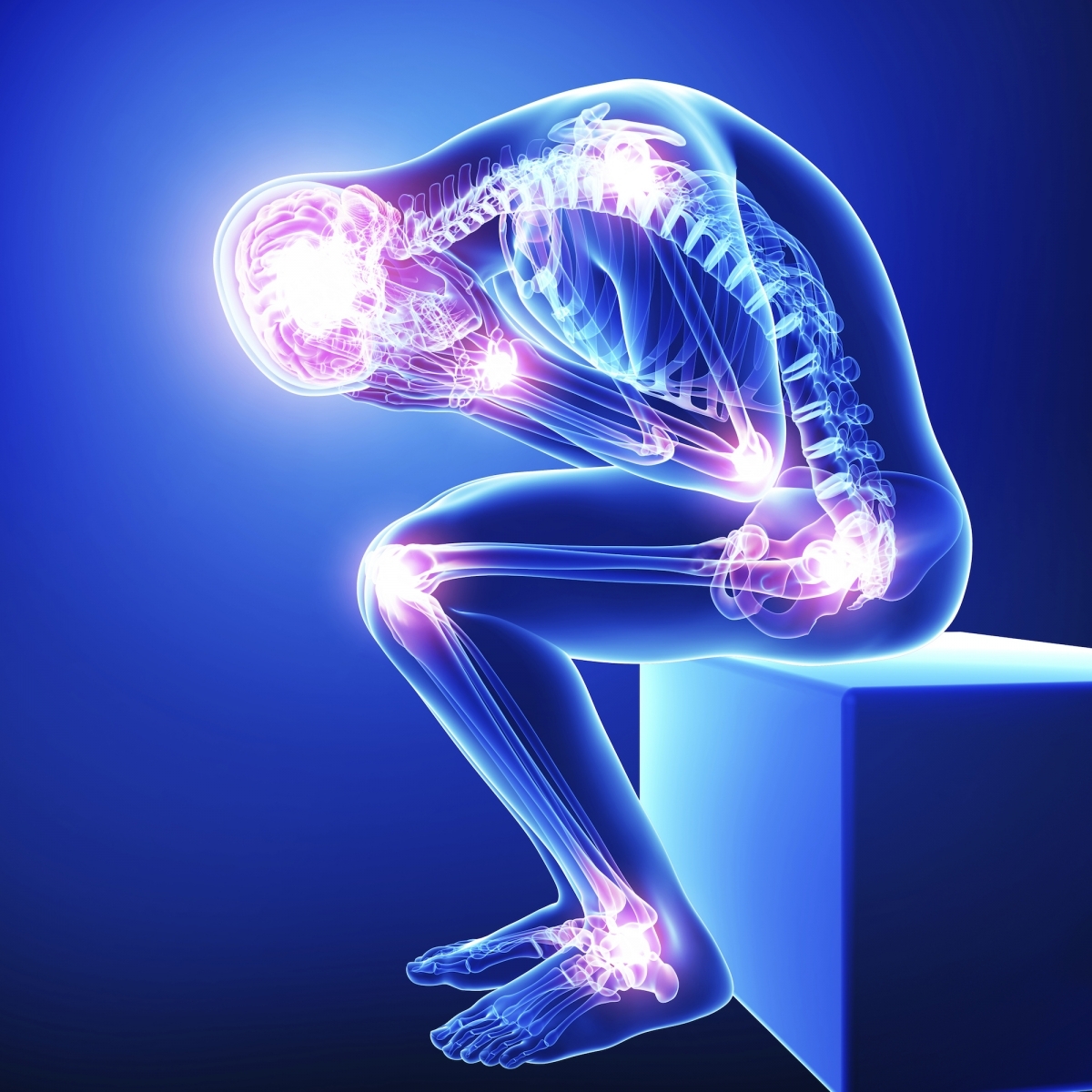Why are physicians so concerned about the pain? That is a good question. For orthopedic surgeons specializing in hip and knee replacement, it is important to know the details of the patient’s pain in order to make an accurate diagnosis. While each patient is a unique individual, there are some generalizations that help physicians to accurately diagnose hip and knee problems.

Where exactly is your pain?
Joseph Ward, MD
A common question asked by an orthopedic surgeon during a new patient visit is: where exactly is your pain? The physician may ask several other questions about the pain: Can you point with one finger to the spot that hurts the most? Does the pain travel anywhere?
Pain from the spine
If a patient’s pain starts in the buttock and travels below the knee into the lower leg, then this pain is typically originating from the spine. When your television is not working, the problem is not always with the television set itself but sometimes with the cable wires outside the house. In a similar way, even when the pain is noticed in the thigh or lower leg, this pain can be a symptom of a problem that is really in the spine. No patient wants to undergo a hip or knee replacement when the spine was the cause of their pain in the first place.
Knee pain
If a patient’s pain is concentrated in the back of the knee, then the source of this pain can be anywhere inside the knee joint. Because the knee joint is a large space similar to a balloon, a problem anywhere inside the joint can be felt anywhere inside the balloon. Commonly, patients can develop a Baker’s cyst or outpouching of the posterior capsule of the knee. The posterior capsule of the knee tends to be weaker than the rest of the joint capsule, and the joint fluid produced from an injury somewhere in the knee tends to follow the path of least resistance. This Baker’s cyst can cause pain in the back of the knee, even though the real problem causing the Baker’s cyst could be degenerative arthritis throughout the knee or a torn meniscus on the medial or lateral sides of the knee. In general, pain in the back of the knee does not mean that the real problem is in the back of the knee. It is very common for patients with mild or severe arthritis of the knee to have pain in the back of the knee.
Hip pain
If a patient’s pain starts in the groin or thigh and moves to the knee, then this can often be due to a hip joint problem, such as hip arthritis. In general, a problem in the hip joint can cause knee pain, but a problem in the knee joint cannot cause hip pain. In fact, it is fairly common for a patient with severe hip arthritis to complain of knee pain. And it is also fairly common for a patient with severe hip arthritis to have significant relief of that knee pain after a total hip replacement. The real problem is when the doctor and patient are both focused on knee pain, and the hip joint is overlooked. No patient wants to undergo a knee replacement for a degenerative hip.
In summary, it is important for an orthopedic surgeon to thoroughly understand a patient’s pain. Where exactly is it? Where does the pain start? Where is the pain the worst? Where does the pain travel? When a patient describes their pain well, it is easier for the physician to make an accurate diagnosis and prescribe an appropriate treatment. So, during your next visit to your orthopedic surgeon, be prepared. Be an expert about your own pain.

Joseph P. Ward, MD
Orthopedic Surgery
Fellowship Training in Hip and Knee Replacement and Reconstruction




